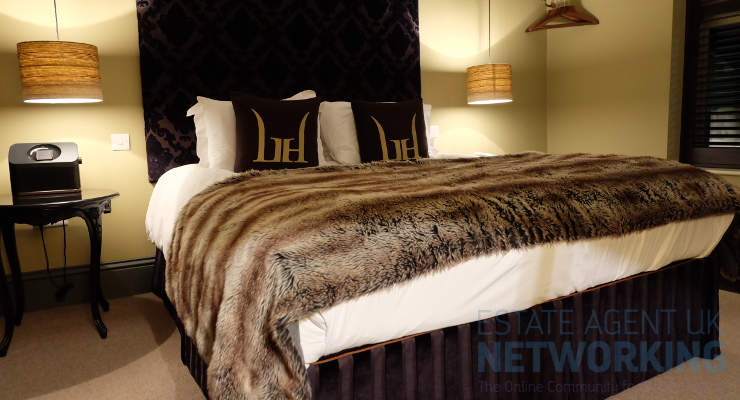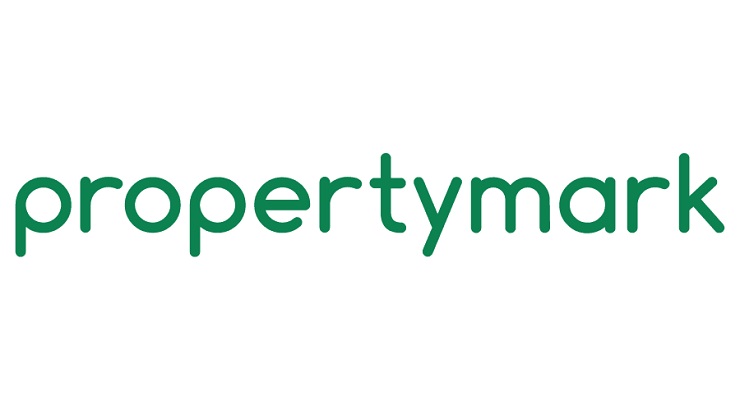Your 10 step blog writing checklist.
Do you have a checklist for writing blog posts? Have you published content to realise you’ve forgotten to add your call to action (CTA) link? Or maybe you’re so focused on getting your post published, that you forgot to proofread it. No matter the reason, make blog writing checklists your new best friend. They’re a powerful tool and time-saving technique for error management.
When it comes to writing blog posts, checklists are ideal to increase your productivity and reduce mistakes. If you follow your checklist, you’ll get it right – first time.
I’ve created a blog writing checklist to get you started.
Step 1: Know your audience
This should be the first thing you do before you even think about writing anything. If you’ve created personas for your different clients, this will help you better understand them, their needs and their interests.
As an estate or letting agent, you’d have more than one target audience, so make a firm decision on who you’ll be writing for. Go one step further and segment your chosen audience. For example, you’ve decided to create a blog post for landlords. But is this first time landlords or experienced landlords?
Step 2: Decide on a topic
Brainstorm some topic ideas. Analyse your personas (if you have one) to prompt ideas based on their needs and interests. Ask yourself:
1. What would they want to read about?
2. What information would they want/need to know?
If you’re writing for experienced landlords, you probably wouldn’t need to write about why they should hold a tenants deposit in a deposit protection scheme, as most of them would probably already know this. But writing this for a first time landlord would add value, and you’d be giving them information they need to know. This will differentiate you from creating general information, to targeted information.
Step 3: Identify your keywords
Think about what terms/words your target audience would use to search for your content. You may have specific keywords that you want to rank highly for, and you should try and add this into your content. Don’t cram in too many keywords. They should make sense and be relevant.
Step 4: Create a working title
Now you’ve decided on your topic and keywords, play around with some title ideas until you create a working title – a title that gives you enough direction to create your blog post, but may not be the final title.
For example, your target audience is first time landlords and your topic is the deposit protection scheme. You’re working title may be: Why you should hold tenants deposits in a deposit protection scheme? This would give you enough guidance to start writing, and once you’ve finished, your final title may be: Deposit Protection Scheme: The facts. Try to add your main keyword into your title too, but only if it makes sense and is natural.
Step 5: Write your content
When writing content it’s important to have structure and keep it organised. Always keep your identified keywords in mind, and incorporate them throughout your content where it makes sense. Start writing with an introduction to explain the purpose of the post and the issue you’re going to tackle. Make it interesting, attention-grabbing, clear and to the point.
Then move on to the main body of the content. People skim-read online content so make yours easily readable. Start with bullet points of what you want to cover. Then write content within each point and structure it with heading, stages, steps etc. Some points to consider:
• Write shorter paragraphs using punctuation to break them up.
• Organise content into sub-headings.
• Use sections, stages, steps (like this post), bullet points, lists, tips etc.
• Leave plenty of white space to avoid your blog post looking too busy.
Step 6: Check your formatting
Having consistency helps to build your brand and it allows your readers to recognise your company. Some things to check for include:
• Font: Is it consistent throughout your post – and all your posts?
• Titles and sub-headings: Are they the same font, colour and size? If you’re using bold, have you added this to all the sub-headings?
• Images: Do you always have an image at the top of your posts? Do you add a border? If you do, this should be the same for all of them.
Step 7: Add your CTA
Add a CTA at the end of your blog post. This link could lead to more information about your topic or to a relevant page on your website. If people enjoy reading your post they’ll want to click on your CTA link.
Step 8: Redefine and finalise your title
Now you have a finished blog post, create your final title by playing around with your working title. Keep it short, to the point, and if you can add a keyword into it, even better.
Step 9: Proofread (and check spelling, grammar, punctuation, structure etc)
I can’t stress how important this is. Spelling mistakes and errors can put off readers, reduce the value, credibility and reliability of your content, and have a negative impact on your company. Do you remember reading content that was poorly written and thinking it must be unreliable? Don’t let that be the thoughts of your readers – always proofread.
This is also a good time to look at the structure of your post and adjust/move content around, delete repetitive information and unnecessary words/sentences, and add lists where you can to improve readability.
Step 10: Publish / post / share
Your blog post is ready to be published on your website and shared on your social media channels. For information on a strategic approach to sharing content on social media, see my post on the 4-1-1 rule.









